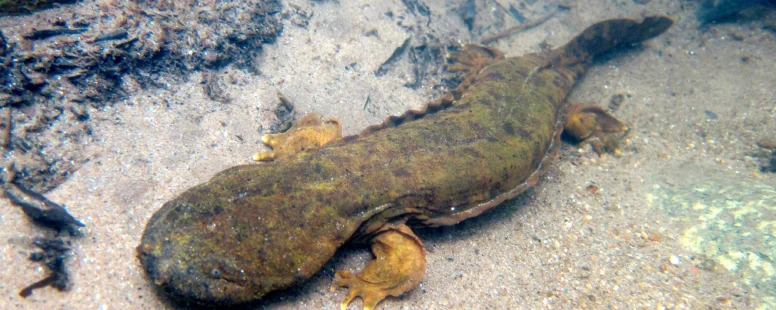The Mating and Reproductive Strategies of Salamanders
The term “salamander” originates from the Greek word “salamandra” which means “fire animal.” This is because salamanders usually turn up in logs that were set on fire. As amphibians, salamanders can breathe and live in water or on land. However, adult amphibians get to live on land and only come back in water when it is time to propagate and multiply.
Mating Background in Salamanders
The sex life of salamanders is quite amusing. Throughout the breeding season, both sexes of the salamanders search for potential mates. This happens during the first warm rains of spring to steer clear of extreme environmental conditions. There are species of salamanders, like the California newts, that pick out their possible partners by smelling them. For European crested newts, the male salamanders express their keenness and willingness to mate by changing their skin colours or patterns. In the case of terrestrial salamanders, they locate their breeding pond through their sense of smell and migrate there.
Male salamanders “woo” their possible mate by giving off pheromones directed to the female salamanders. The male specie will court the female by progressing towards her and waggling his tail. If the female specie wants to mate, she will participate in the dance wherein the “couple” will walk or swim around each other. Other species of male salamanders show off through elaborate displays in attracting the opposite sex. Male newts, such as Triturus spp., grow enlarged dorsal fins in alluring their mates.
Reproductive Modes of Salamanders
Around 90 percent of all species of salamanders reproduce via internal fertilisation. In here, the male salamander will deposit a spermatophore on the ground, rock or stick and leads the female into the area. Spermatophores are bundles of sperms, comprised of 80-100 sperms depending on the season. The female salamander will then pick up the spermatophore using her cloacal lips and proceed to a pond or ditch. There, she will lay eggs which she’ll brood to keep the eggs moisture-ladden. There are also types of female salamanders, like the European fire salamander, that retain the eggs inside her until the eggs make it to the larval stage.
Some salamanders undergo external fertilisation. It involves the female salamanders laying eggs in nests under a rock. The male salamander will then fertilise the eggs and watch over the nest until the young hatch in 2-3 months.

